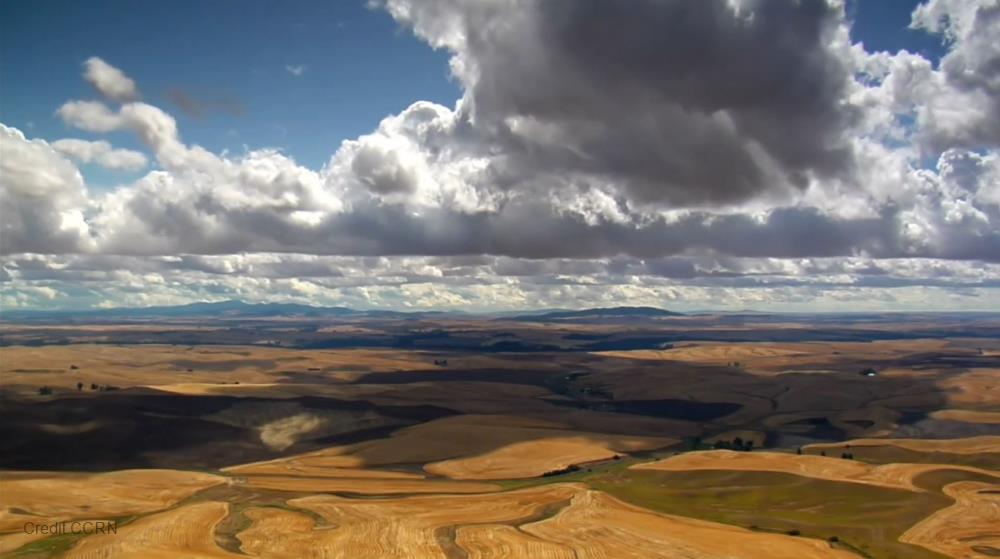
Related items loading ...
Section 1: Overview
Name of Research Project
|
Related Project
|
Part
|
|
GWF-TSTSW: Transformative Sensor Technologies and Smart Watersheds
|
|
|
|
|
|
|
|
Program Affiliations
Related Research Project(s)
|
GWF-TSTSW: Transformative Sensor Technologies and Smart Watersheds | |
Dataset Title
Dielectric Properties of Water Samples Containing Metal and Chemical/Biochemical Contaminants
Additional Information
Creators and Contributors
|
Carolyn Ren | PI | c3ren@uwaterloo.ca | University of Waterloo |
Matthew Courtney | Originator | mrcourtn@edu.uwaterloo.ca | University of Waterloo |
Abstract
IDroplet microfluidic technology enables the production of nanoliter-sized water droplets that can be produced at kHz frequencies. As a result, this technology offers tremendous potential for producing a significant amount of data, which can be used for training and testing “smart” sensors; therefore, droplet microfluidics will be used in tandem with the microwave resonator to measure water samples with different dielectric/electrical properties. The measured data can then be used to understand the accuracy and limit of detection of the sensor for different water contaminants.
Purpose
The overall objective of the project is to develop and deploy “smart” sensor networks for measuring metal and chemical/biochemical contaminants in water. A microfluidic device, with an integrated microwave resonator, will be used as the sensing technology for this project. Microfluidic devices are portable instruments that have the ability to handle small volumes of fluid, while microwave resonators can differentiate these fluids according to their permittivity and conductivity. As a result, such a device can be deployed for field testing and can be controlled remotely. Furthermore, the label-free nature of this sensor minimizes the sample preparation and user-involvement required for operation. This project will consist of the following four steps for device development: 1) understanding the fundamentals of portable microwave resonators, 2) optimizing the design of the microwave resonator for maximum sensitivity and accuracy, 3) training and testing the microwave resonator with different water samples using droplet microfluidic technology, and 4) designing a device that can be scaled-up and portable. The sensor for this project is developed under the project “Transformative technologies for Canadian water futures: big data platform and smart watersheds”. This project is under the Global Water Futures Program funded by Canada First Research Excellence Fund.
Plain Language Summary
Keywords
|
Chemistry |
Conductivity |
Contaminants |
Dielectric |
Metals |
Microwave |
Monitoring |
Nutrients |
Water chemistry |
Water quality |
Citations
Ren, C., & Courtney, M. (2019). Dielectric Properties of Water Samples Containing Metal and Chemical/Biochemical Contaminants. Waterloo, Canada: Canadian Cryospheric Information Network (CCIN). (Unpublished Data).
Section 2: Research Site
Temporal Extent
|
Begin Date
|
End Date
|
|
2018-12-01
|
2020-12-30
|
Geographic Bounding Box
|
West Boundary Longitude
|
-80.541065
|
|
East Boundary Longitude
|
-80.541065
|
|
North Boundary Latitude
|
43.471964
|
|
South Boundary Latitude
|
43.471964
|
Is Boundary Rectangular
Research Site Images
Research Site Description (if needed)
University of Waterloo Microfluidics Lab
Basin
Subbasin
Specific Locations (if needed)
|
University of Waterloo Microfluidics Lab | 43.471964 | -80.541065 |
| | |
| | |
Research Site Location
Map Not Available
Display
View on Global Map
Section 3: Status and Provenance
Dataset Version
Dataset Creation Date
Status of data collection/production
Dataset Completion or Abandonment Date
Data Update Frequency
Creation Software
Primary Source of Data
Other Source of Data (if applicable)
Data Lineage (if applicable). Please include versions (e.g., input and forcing data, models, and coupling modules; instrument measurements; surveys; sample collections; etc.)
Section 4: Access and Downloads
Access to the Dataset
Terms of Use
Does the data have access restrictions?
Downloading and Characteristics of the Dataset
Download Links and Instructions
unavailable
Total Size of all Dataset Files (GB)
File formats and online databases
Other Data Formats (if applicable)
List of Parameters and Variables


 GWFNet
GWFNet Master
Master Data
Data Research
Research Map
Map
 Advanced
Advanced Tools
Tools
 . . .
. . .
 Metadata Editor
Metadata Editor
 Record List
Record List
 Alias List Editor
Alias List Editor
 Legacy sites
Legacy sites